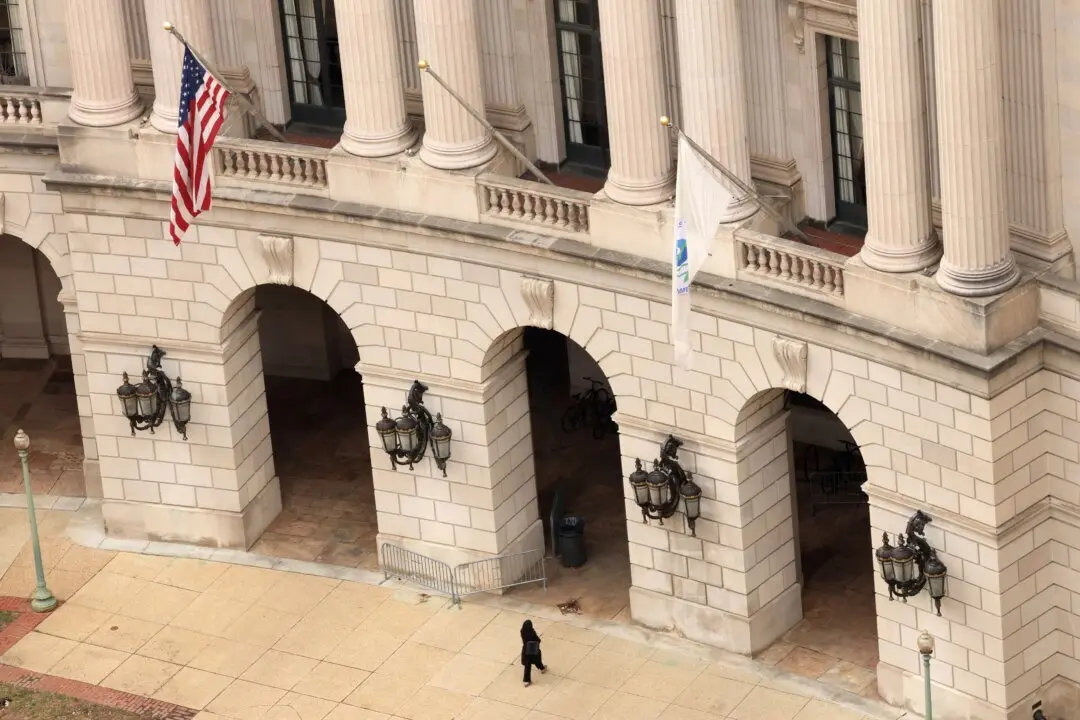LONDON—Major central banks should press ahead now with digital currency projects to avoid falling behind comparable private sector payment initiatives that are already taking root, a Bank for International Settlements official said on Friday.
Corporate moves into digital payments, including Facebook with its diem stablecoin, have accelerated since the pandemic, as have contactless card transactions, and central banks are falling behind Big Tech at a time when questions are even being asked about the future of cash in some countries.





